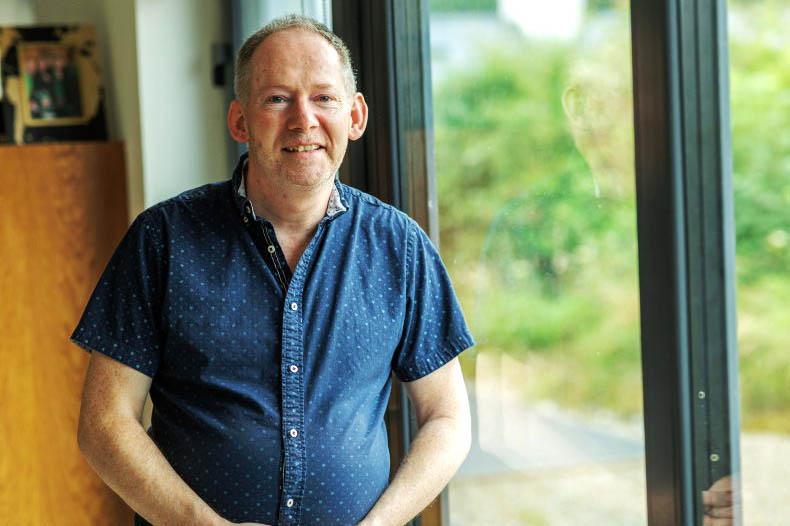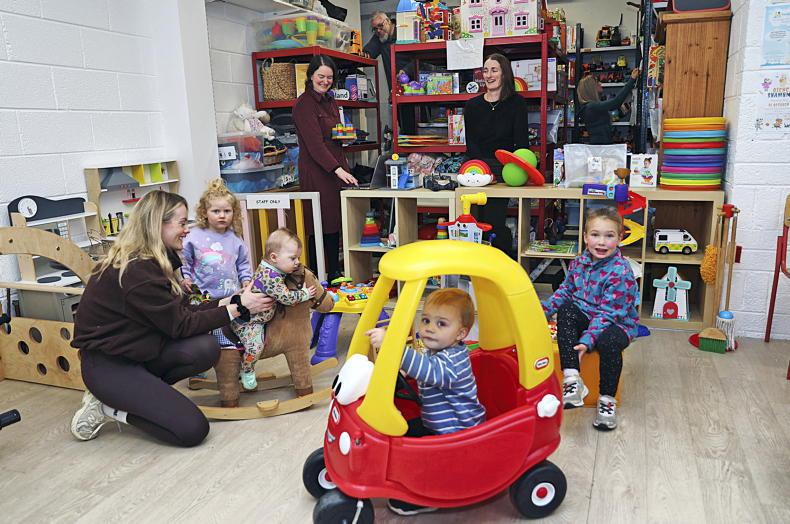Last week, a friend of mine got snowed in. She could barely get beyond the farm gate, and as a teacher, she and the kids got a few snow days. “Was it lovely?” I asked. “At first,” she replied. Then after a pause, “You know the way you think you’d love to be a stay-at-home mom, but then you remember, just how much cooking, cleaning and refereeing is involved.”
“Yes,” I replied immediately, remembering my maternity leave. While I loved being at home with the kids, it was very busy — much busier than I anticipated. No sooner had I made one meal and cleaned up, I was being asked what we were eating next. The washing seemed endless, the dishwasher was on a constant whirr and often I didn’t unplug the hoover, in anticipation of the next spillage.
So, I wasn’t surprised when Royal London released a survey last week stating that the monetary value of a stay-at-home parent sits at €57,140. This figure was calculated based on the cost of employing someone to carry out the various roles played by a parent. As well as cooking and cleaning, there is childcare, household management, budgeting, emotional support, and of course, being the taxi driver for drops-offs to schools and activities.
This survey sparked quite the discussion in the media. Some focused on the fact that while more fathers are opting to be the stay-at-home parent, nine times out of ten it’s still the mother that fulfils the role.
While many women want to stay at home with their children, there is also the fact that men get paid more, nearly 10% more according to the most recent Gender Pay Gap report. Therefore, it makes more financial sense in many households for men to work outside the home.
Lack of childcare options is also a major factor with OECD results showing that Ireland has the highest childcare costs in Europe. For many families, it doesn’t make financial sense for one parent to return to work.
Financial impact
However, there was no mention made to the financial impact that being a stay-at-home parent could have later in life, specifically in relation to your contributory pension. There has now been an overhaul to the pension system in Ireland with the former ‘Yearly Average’ method being replaced by the ‘Total Contributions Approach’ (TCA).
This means when it comes to retirement age, the amount you receive will be based on your total number of PRSI contributions. To qualify for the full state pension, you’ll now need 40 years (or 2,080 weeks) of PRSI contributions. If you don’t, there are partial pensions but they will be lower.
A person caring for children at home may qualify for pension credits under the TCA. However, it’s important to register with your local social welfare office. You can do it retrospectively, but it’s not a job to put on the long finger. You have a lot more clarity of your contributions now, rather than tackling it in 5 years’ time.
In fact, I have to practise what I preach, because I realised when speaking to a tax adviser that I took some unpaid leave at the end of my maternity leave, but it never occurred to me to register that. Off to the local social welfare department I go.









SHARING OPTIONS